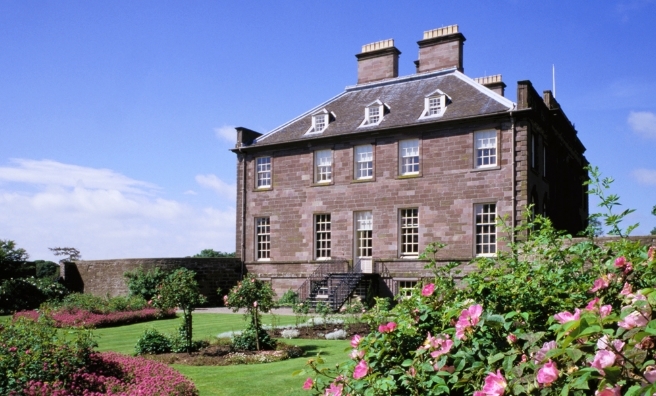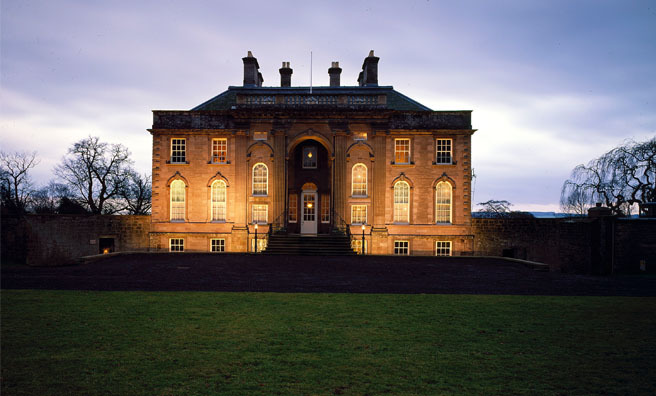Lost Castle Uncovered at House of Dun

Archaeological excavations at the National Trust for Scotland’s House of Dun in Angus have uncovered the remains of what is thought to be a 14th century castle.
The excavations were carried out as part of the conservation charity’s Trailblazer residential working holidays, which offer young people aged 16 to 17 the opportunity to experience archaeological excavations and conservation work.
‘One more piece in the jigsaw that is the House of Dun Estate’
“This discovery of the site of the medieval Castle of Dun is one more piece in the jigsaw that is the House of Dun Estate,” said Dr Daniel Rhodes, National Trust for Scotland’s Area Archaeologist.
“We’re constantly learning more about this fascinating place and, with the dedicated help of the young Trailblazer participants, we’re able to reveal more of Scotland’s history while inspiring young adults to develop an interest in history and archaeology.”
The barony of Dun was purchased by Sir Robert Erskine of Erskine in the 14th century and the castle was built along with a chapel dedicated to the Virgin Mary.
The 5th laird of Dun, John Erskine, was active in the Reformation and John Knox is thought to have stayed at the castle while preaching at the chapel of Dun in 1555.
By the 1720s, there were no longer any visible remains of the original Dun Castle
The Castel of Dun was gutted by the King’s troops during the Civil War of 1644 and a new Mansion House was said to have been constructed near the site. However, historic documents reveal that by the 1720s, shortly after the building of the current William Adam designed House of Dun began, there were no longer any visible remains of the original Dun Castle.
The castle was likely to be in the form of a Tower House surrounded by a curtain wall and ancillary buildings and it’s hoped that further work will help to reveal more about this important site.
For more information about House of Dun, click here.
- Archaeologist Dr Daniel Rhodes with the Trailblazer volunteers who all received John Muir Awards for their work on the excavation.
- A view of the East Walled Garden at the House of Dun near Montrose.
- The exquisite National Trust for Scotland’s House of Dun
- One of the Trailblazer volunteers records the medieval walls uncovered during the excavation.
NTS
The National Trust for Scotland is one of Scotland’s leading conservation charities. The National Trust for Scotland relies on the financial support of its members and donors to fund its important work of caring for the natural and cultural heritage of Scotland for everyone to enjoy.








